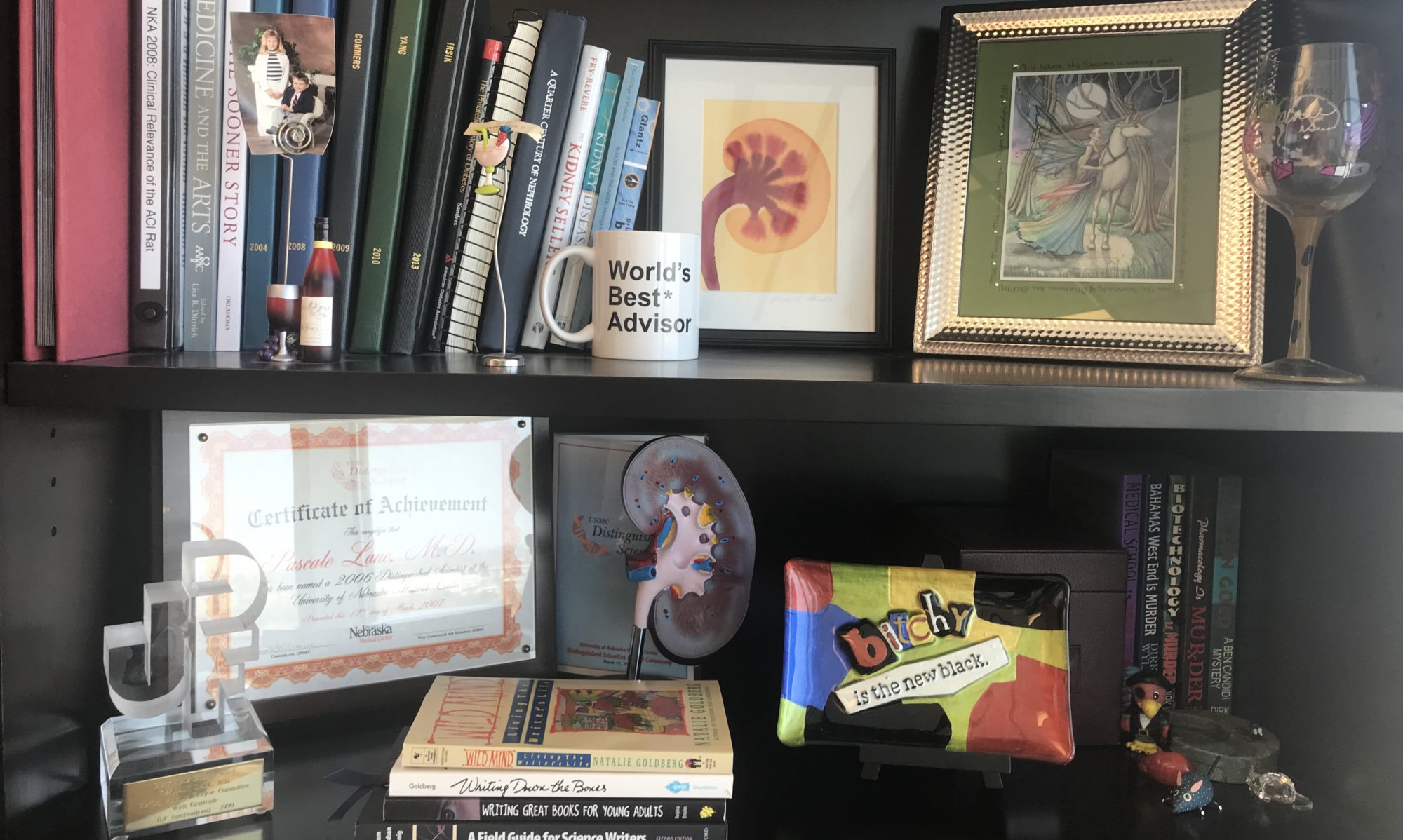Saturday of Experimental Biology can be a bit slow. Some folks are still traveling, while others are already exhausted by committee work. My flights yesterday proved uneventful, and I even got moved from 24F (coach window seat) to 3F (first class window) on the longer segment from Houston to San Diego (after I was settling into my narrow chair in the mid plane). Thanks to free red wine, I took cab to my hotel, unpacked, and hit the feather bed early.

This morning a gentle sunrise woke me to a lovely view of distant mountains and the bridge to Coronado. Eventually I collected my meeting materials and attended two sessions.
The first one dealt with considering sex and age as biological variables in applications to the National Institutes of Health. Popular perception suggests that this is a mandate to look for sex differences, but really you just have to consider them.
- Sometimes it’s inappropriate since a condition is sex-limited: prostate cancer, pregnancy, etc.
- Sometimes a lack of sex differences have already been demonstrated
- Sometimes you need to do a pilot experiment to show sex differences are not in play and then justify a single-sex study
Now the NIH will be adding consideration of age as a variable in the same manner. I see this as a bigger problem, because while there are two sexes, there could be infinite divisions of age!
I then moved on to a session on Social Media for Science, presented by the American Physiological Society Communications Committee. It provided basic introductions to Facebook, Twitter, and blogging, with brief shout-outs to LinkedIn, Instagram, and Research Gate.

I am posting this blog before the Opening Receptions start. One fun activity this year is #ISpyMarty. The long-standing Executive Director of APS, Marty Frank, is retiring. To mark the occasion, Flat Marty is making the rounds for selfies that can be tagged with #ISpyMarty on Instagram, Facebook, and Twitter. Be on the lookout for everyone’s favorite cardboard cutout!
Now, let the science (and shenanigans) begin!





